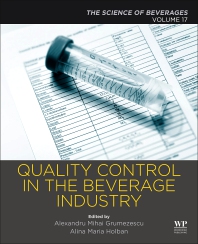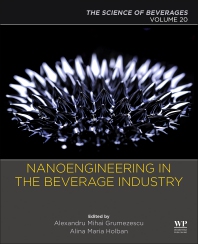Beam Suntory expansion to include renewable energy
Distiller taps 3 Rivers Energy Partners to support project

Beam Suntory, Chicago, will invest more than $400 million to expand production at its Booker Noe distillery in Boston, Ky., which produces Jim Beam. This expansion will increase capacity by 50%, while reducing the distillery’s greenhouse gas emissions by the same percentage, through the use of anaerobic digestors that will produce renewable natural gas to power the facility, according to the company.
Beam Suntory has entered into an agreement with 3 Rivers Energy Partners to build a facility across the street to convert spent stillage into biogas, which will be treated to renewable natural gas standards and piped directly back to the Booker Noe facility. The digestors also will produce a high-quality, low-cost fertilizer, which will be made available to local farmers, thereby supporting sustainable and regenerative agricultural practices, it explains.
Upon project completion, which is expected in 2024, the Booker Noe distillery will be 65% powered by renewable natural gas, and 35% by fossil-based natural gas, according to the company.
“We are committed to making a difference by investing in cleaner technologies and systems, and the expansion and significant reduction in greenhouse gas emissions from this project does just that with our biggest brand,” said Beam Suntory President and CEO Albert Baladi in a statement. “This expansion will help ensure we meet future demand for our iconic bourbon in a sustainable way that supports the environment and the local community that has helped build and support Jim Beam.”
In addition to capacity expansion, the investment includes land, warehouses and 51 new local jobs. Further, this project allows the distillery to invest in high-efficiency gas boilers to make maximum use of renewable natural gas, use scrubbing technology to remove carbon dioxide from fermentation tanks, and following a purification process, facilitate the beneficial reuse of more than 100,000 metric tons of high-purity carbon dioxide annually.
“As consumers around the world continue to discover bourbon, we want Jim Beam and our commitment to sustainability to be part of that discovery,” said Carlo Coppola, managing director of the James B. Beam Distilling Co., in a statement. “I’m so proud to be honoring our legacy as the First Family of Bourbon by leveraging this renewable energy to support our brand’s trajectory for the next 225 years.”
Beam Suntory invests more than $500 million every year to make bourbon in Kentucky. The company recently completed a $60 million transformation of the James B. Beam Distilling Co.’s home place in Clermont, Ky., including a new and elevated visitor experience, inclusive of the full Beam family of brands like Knob Creek, Basil Hayden and Booker’s Bourbons, the Fred B. Noe Distillery, and the Kitchen Table restaurant.
“I want to once again thank the leadership at Beam Suntory for this commitment to grow the Booker Noe Distillery in Nelson County,” said Kentucky Governor Andy Beshear. “The dozens of jobs this project is creating will benefit so many families in Central Kentucky, and the company’s continued growth reflects the strength of our state’s signature bourbon industry. Congratulations to everyone involved with this significant investment. I could not be more excited to see what’s next for Jim Beam Brands in Kentucky.”
Beam Suntory’s investment was first announced by the state of Kentucky through a series of economic incentive grants, made in July, including the $400 million investment to increase capacity, build warehouses, and create new jobs.
“Our goal is to help Jim Beam create a sustainable future for their company and the planet,” said John Rivers, CEO of 3 Rivers Energy Partners, in a statement. “With this process, we will create new renewable energy, and help sustain the agriculture needed to create their products. It is truly a full circle sustainability approach.”
3 Rivers Energy Partners specializes in the design, build, and operations of renewable natural gas projects. The company works to provide renewable energy solutions for organizations by utilizing existing bio-waste streams as feedstock for renewable energy sources.
Looking for a reprint of this article?
From high-res PDFs to custom plaques, order your copy today!








